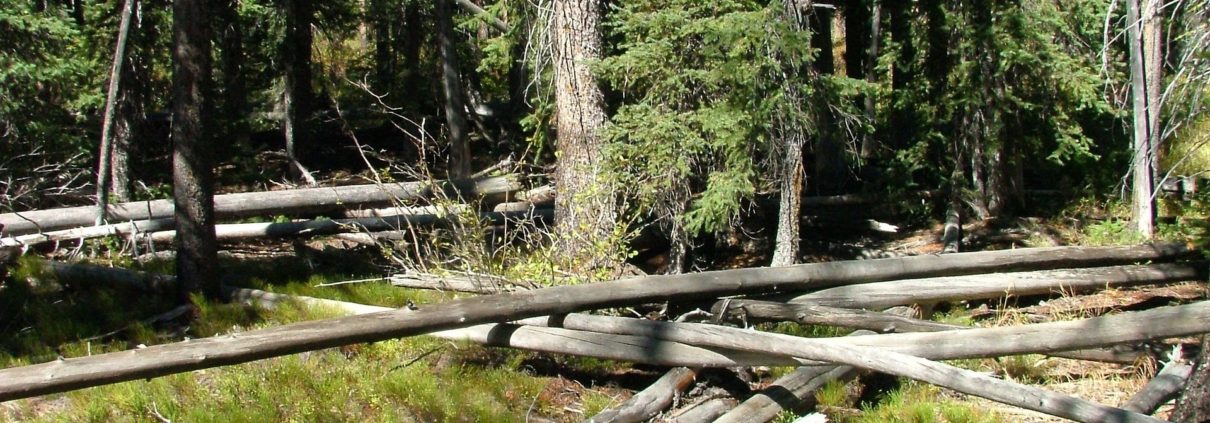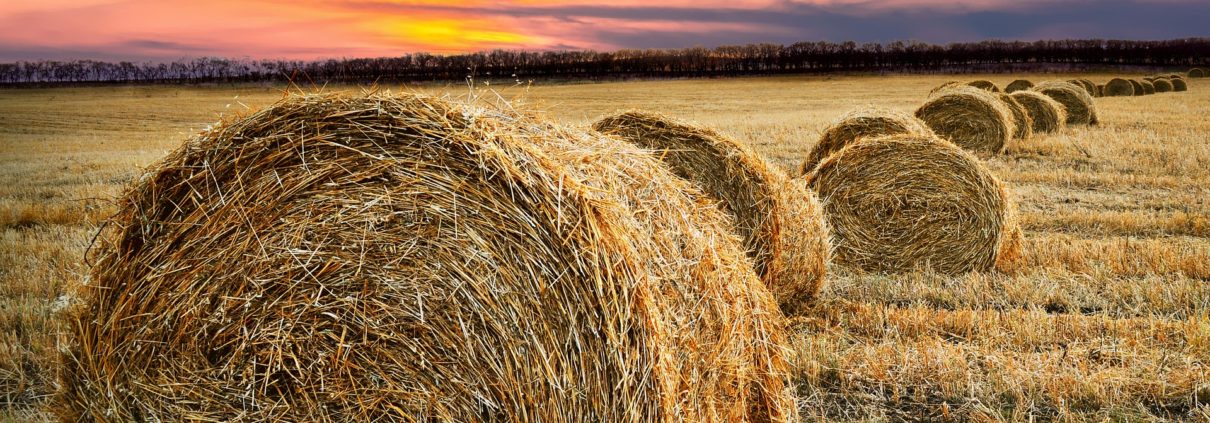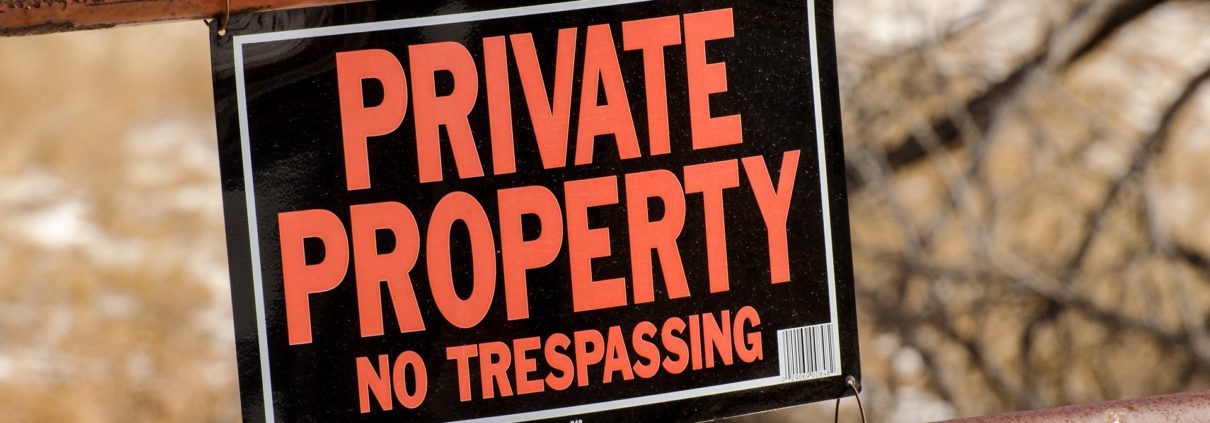Five Helpful Tips for Owning and Managing Timberland
I admit, I am a little partial as a registered forester and land broker but I do truly believe timberland ownership can be one of the best and most rewarding investment options. Below are five helpful tips that can apply to any owner of timberland.
1. Seek Professional Assistance
Timberland is optimized with the assistance of a professional manager. For many landowners, the best source of professional assistance is a consulting forester. The consulting forester is a trained professional that works on behalf of the landowner making sure the landowner’s objectives are met and their best interests are represented. They can assist with the preparation of forest management plans, timber marketing and sales, reforestation, silvicultural treatments, wildlife management, and hunt lease management to name a few.
This assistance is especially critical at the time of timber sales. For most landowners, timber sales are not frequent events, the landowner may not have an accurate expectation for the value of their timber in the current market. A consulting forester can inventory and appraise the timber to provide an accurate estimate of the value to be expected and then recommend the best method to market the timber on a competitive basis to make sure the return is maximized. They assist in execution of a harvest agreement or timber deed between the landowner and buyer, written to protect the landowner’s interest. Finally, they will make regular site inspections during the harvest to make sure the work is occurring as agreed and the land is not damaged.
The service of a professional should more than pay for itself for most owners.
2. Determine your ownership objectives
It is important to know why a landowner has invested in timberland real estate and communicate that clearly to his/her advisers. Ownership objectives vary widely among landowners and most folks land own for a combination of reasons. There are usually one or two primary objectives for owning. Examples may be income from the sale of timber, recreational use like hunting, fishing, or riding ATVs, conservation of wildlife and habitat, family legacy, or investment for future higher and better use. Each of these objectives will require unique management activities to increase the probability the objectives are realized for the owner.
3. Create a forest management plan
It is hard for anyone to hit a target if they do not have something to shoot at. A forest management plan is a critical document for any owner of forestland. Typically prepared by a professional forester after consultation with the landowner, the plan serves as a guide for the management of the land, typically a 10-year horizon. Components of the plan may include property description, forest stand type map, forest stand descriptions, and management prescriptions for each timber stand over the planning horizon, a timeline or schedule of activities the landowner should expect, and a log section where the landowner can keep notes on their activities. Having a plan and following it will increase the chances the owner’s goals are met.
4. Manage Risks
The ownership of timberland comes with liability and risk like any investment. It is important for the owner to understand those risk and mitigate them as best as possible. Major risk to the loss of timber include fire, wind damage, insect, and disease. Each of these risks can be reduced using good forest management techniques with professional assistance.

Landowners can have liability exposure from trespassers and recreational users depending on the laws in their state. It is wise to understand those liability issues and protect against them. Liability insurance policies are available to protect landowners from accidents that may occur on their property. It can also reduce liability if property boundaries are clearly marked and posted to deter trespassing.
5. Incentive Programs and Tax Benefits
There are many incentive programs available for the owners of timberland. Owners should consult with their consulting forester, state forestry representatives, their local extension agent, or their local USDA Natural Resource Conservation Service (NRCS) office to determine what programs are available and how they may be able to benefit. These funds may offset the cost of reforestation, property improvements, wildlife management practices like prescribe burning, plantings, or other activities.
Most states have reduced property tax programs for owners of timberland. The programs tax the property based on its current use rather than market value. In areas where timberland is near urban areas, this can be a substantial annual saving for landowners.
It is also equally wise to have a tax professional and/or an attorney that is well versed in timberland to advise on annual income tax return and estate tax issues. A great resource for landowners is www.timbertax.org. This website has information on a wide range of tax topics relevant to forest landowners.
This post is part of the 2019 Future Leaders Committee content generation initiative. The initiative is directed at further establishing RLI as “The Voice of Land” in the land real estate industry for land professionals and landowners. For more posts like this, click here.
 About the Author: Chris Miller, ALC, is a land broker and consulting forester for American Forest Management, Inc. in Charlotte, North Carolina.
About the Author: Chris Miller, ALC, is a land broker and consulting forester for American Forest Management, Inc. in Charlotte, North Carolina.

































